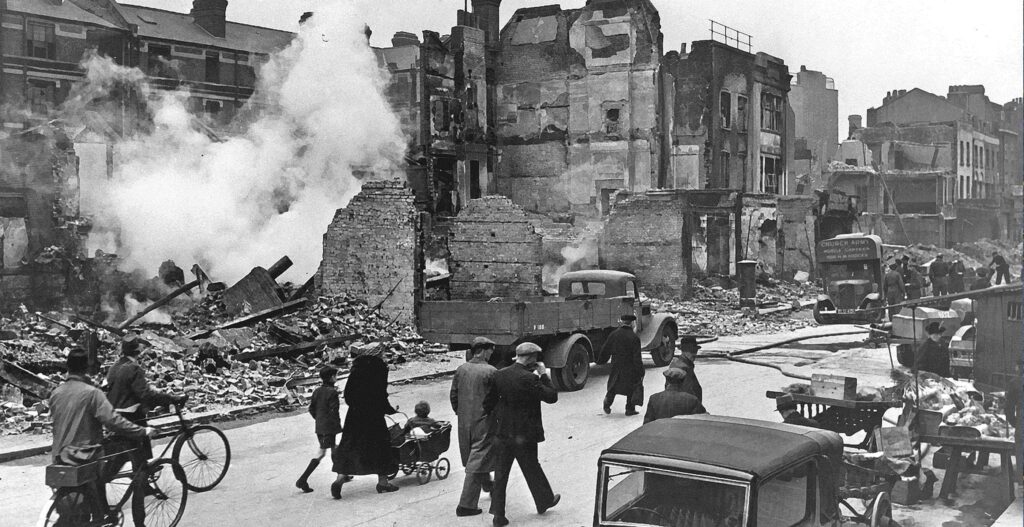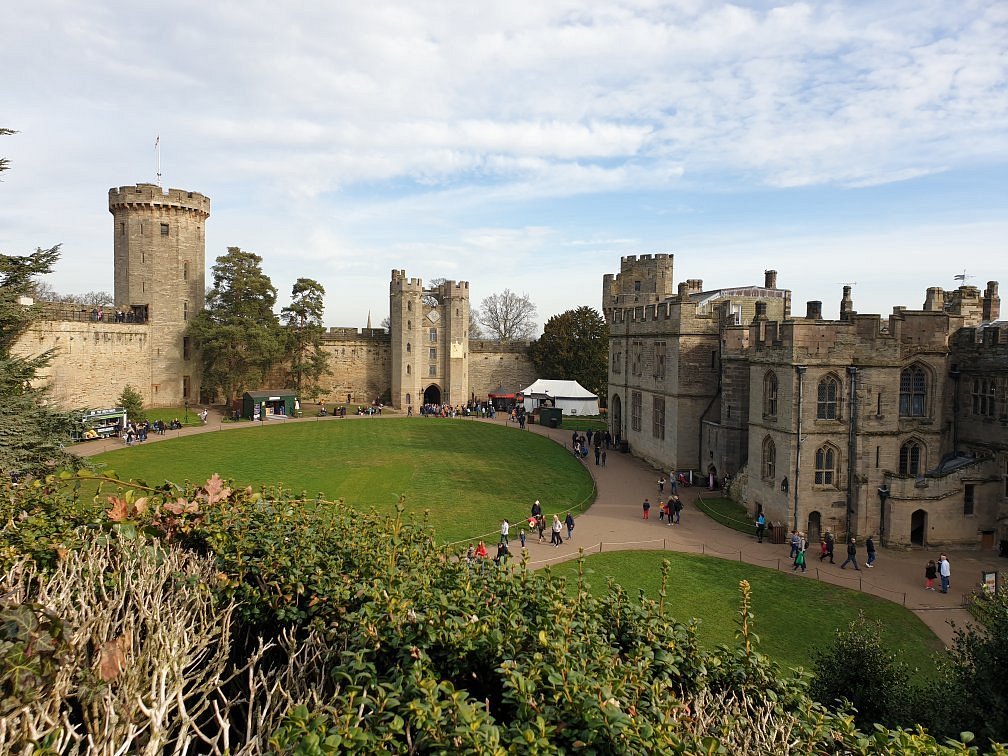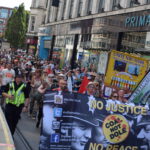On 14 September 1989, seven members of the Aids campaign group ACT UP infiltrated the New York Stock Exchange and chained themselves to the VIP balcony in protest at the high cost of the only approved Aids drug AZT. Shortly after the protest, Welcome, its manufacturer, cut its price by 20%.

On 14 September 1867, volume one of Karl Marx’s Magnum Opus, Capital, first appeared in Germany.
Subsequently published in all the world’s major languages and studied widely by workers, it was often referred to as “The Bible of the working class”. Today, it is still unsurpassed as an analysis and critique of capitalism.
While parts of it are quite dense and complex, notably the first three chapters, much of it is very readable. Some Capital study guides, for example, suggest skipping the first three chapters if readers find them excessively complex, and returning to them later. Some suggest beginning with chapters 26-28, where Marx emotively recounts the violent theft of common lands in Britain which laid the foundations of the capitalist system by forcing people off common land into wage labour. For example, in 18th-century Scotland:

On 14 September 1940 to protest against the insufficient provision of air raid shelters for working-class Londoners during the Blitz, dozens of protesters (with the help of some sympathetic waiters) occupied the luxury air raid shelter at the luxury Savoy Hotel in Central London to draw attention to the stark differences in shelter for rich and poor.
The action was organised by members of the Communist Party from Stepney, in East London. One of its members, Phil Piratin, described the available shelters for working class people: “The shelters, which until the blitz were deserted, were now packed to overflowing, and now the conditions were revealed. The little trench shelters in the little Stepney parks were a foot deep in water. The benches were half-a-dozen inches above the water. It was quite impossible to use them, and certainly impossible to stay in them night after night. Now the street surface shelters were being put to the test. Many of them were destroyed.”
By contrast, Piratin describes what they found at the Savoy: “In fact, there was some effort to stop us, but it was only a matter of seconds before we were downstairs, and the women and children cam streaming in afterwards. While the management and their lackeys were filled with consternation, the visitors from the East End looked round in amazement. ‘Shelters,’ they said, ‘why we’d love to live in such places!’ Structurally, the lower ground floor had been strengthened with steel girders and by other means. But the appearance of the place! There were three sections. In each section there were cubicles. Each section was decorated in a different colour, pink, blue and green. All the bedding, all the linen, was of course the same uniform colour. Armchairs and deck chairs were strewn around. There were several ‘nurses’ – you could easily recognise them.”
The action was widely publicised, and resulted in improvements to shelters for working class Londoners.
Subscribe
Click here for a secure way to sign up, you will be supporting independent news. Click the button below.
Your Opinions
Disagree with this article? why not write in and you can have your say? email us




